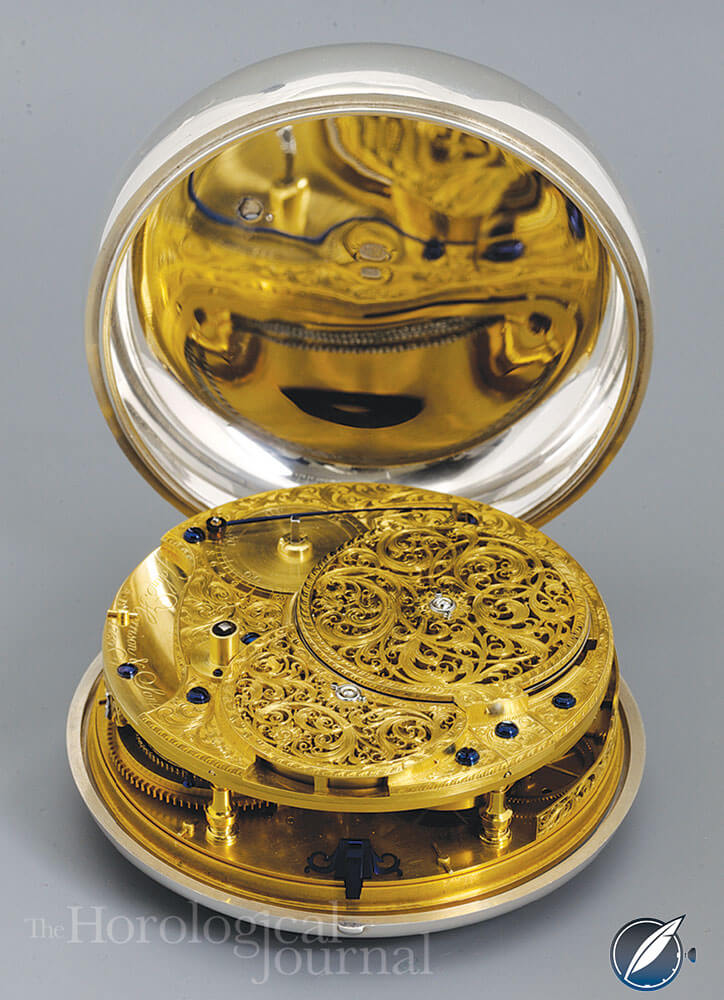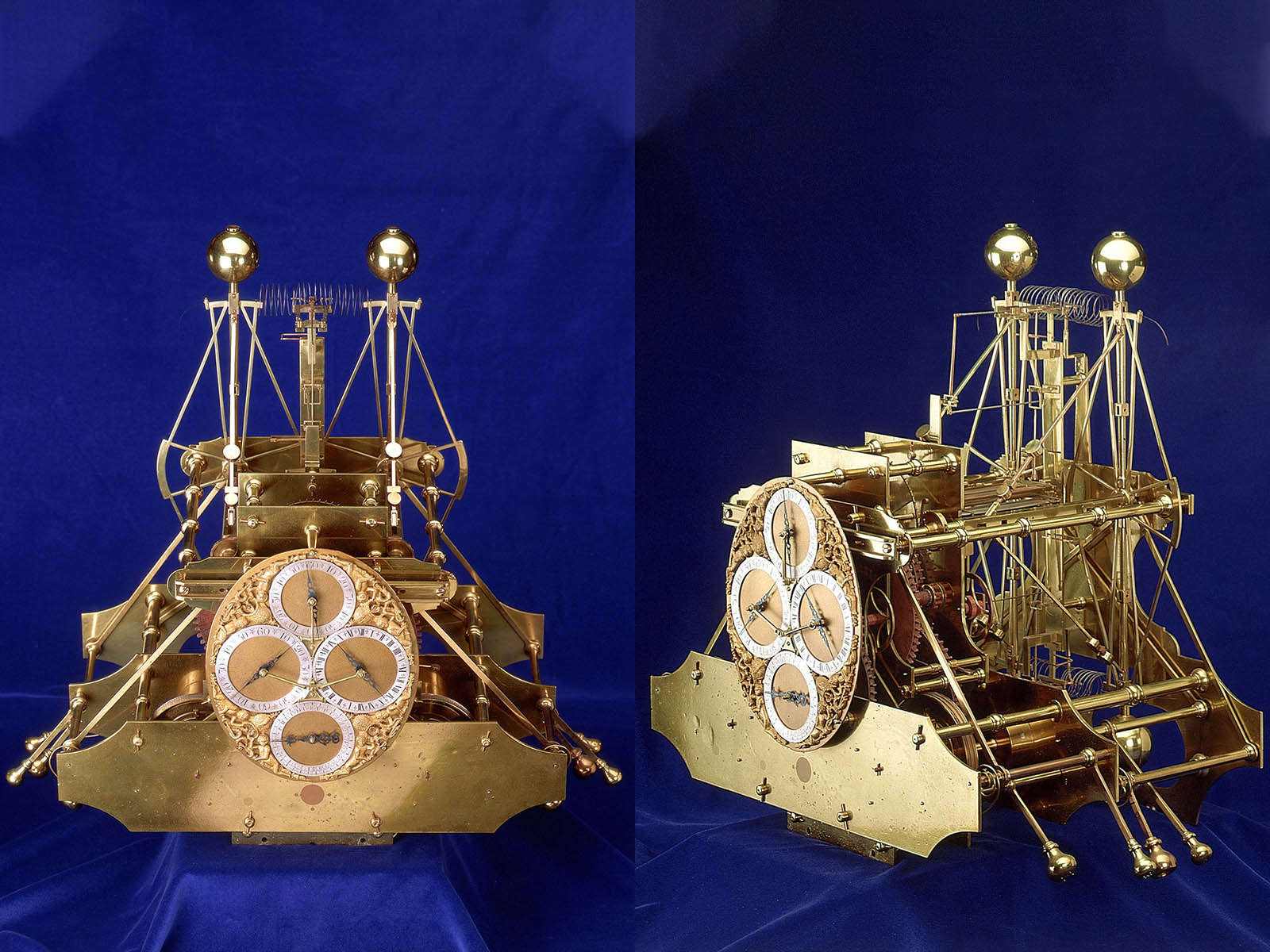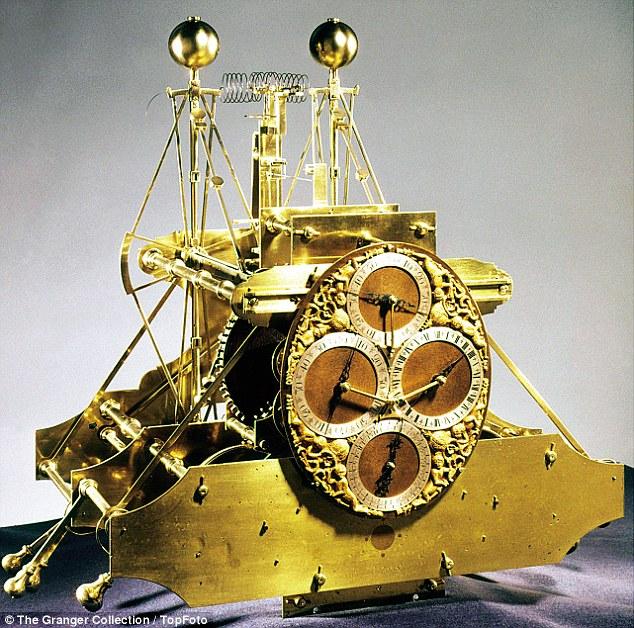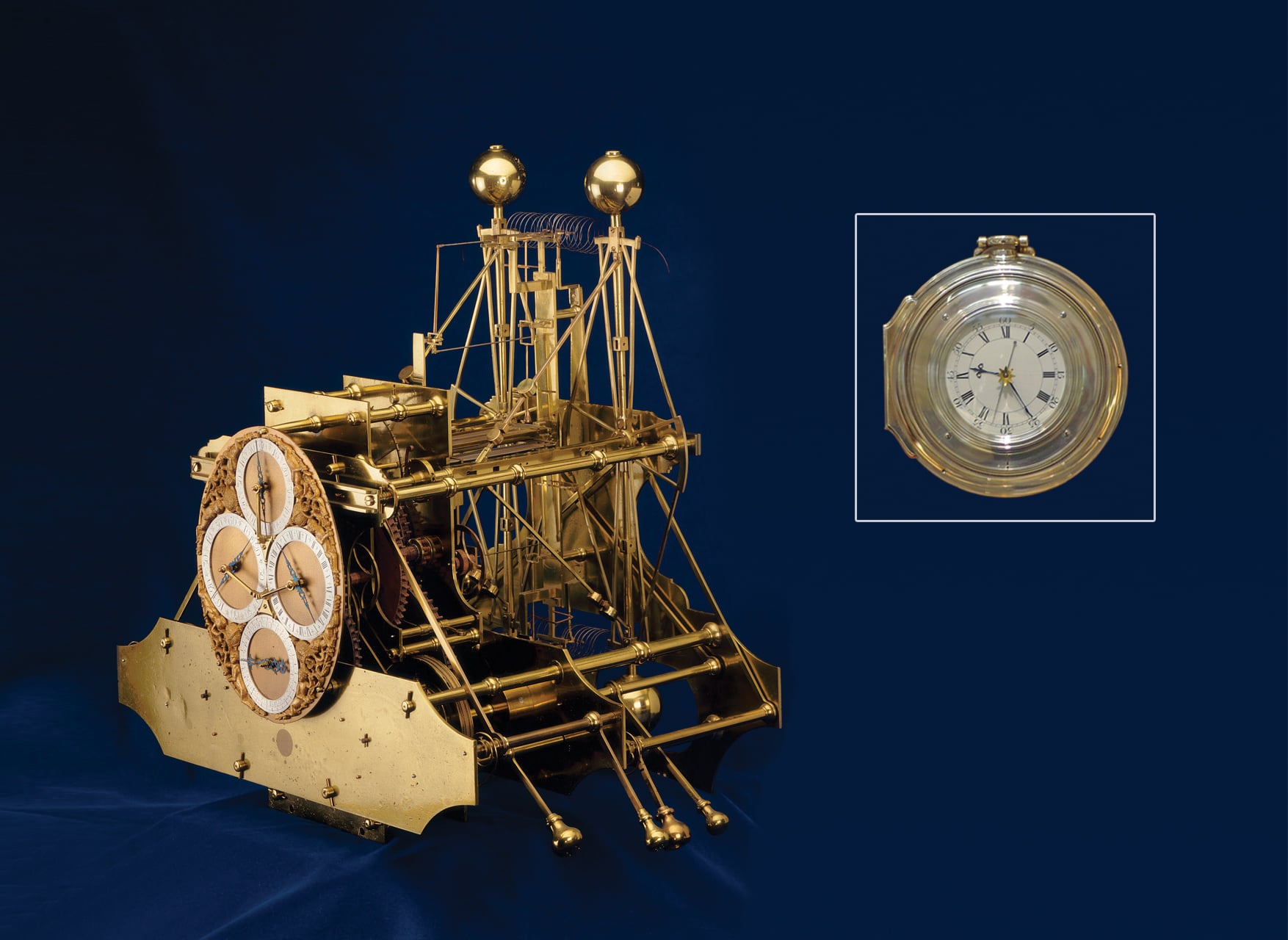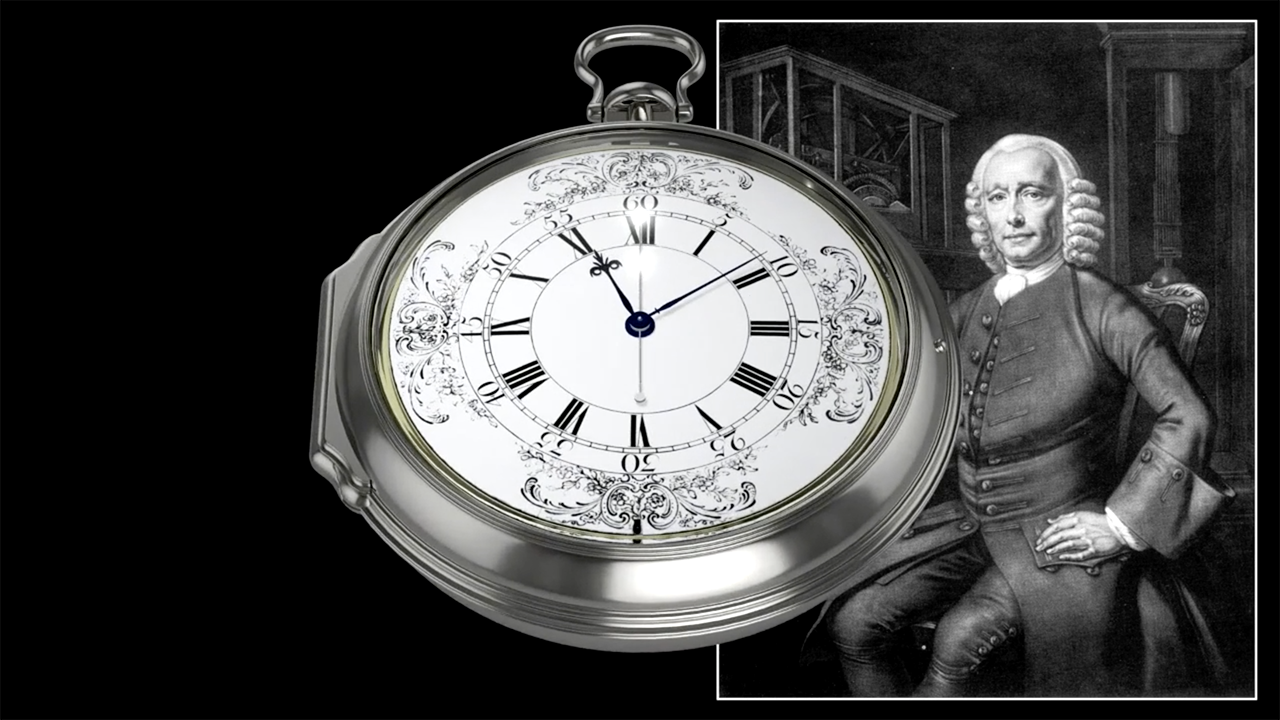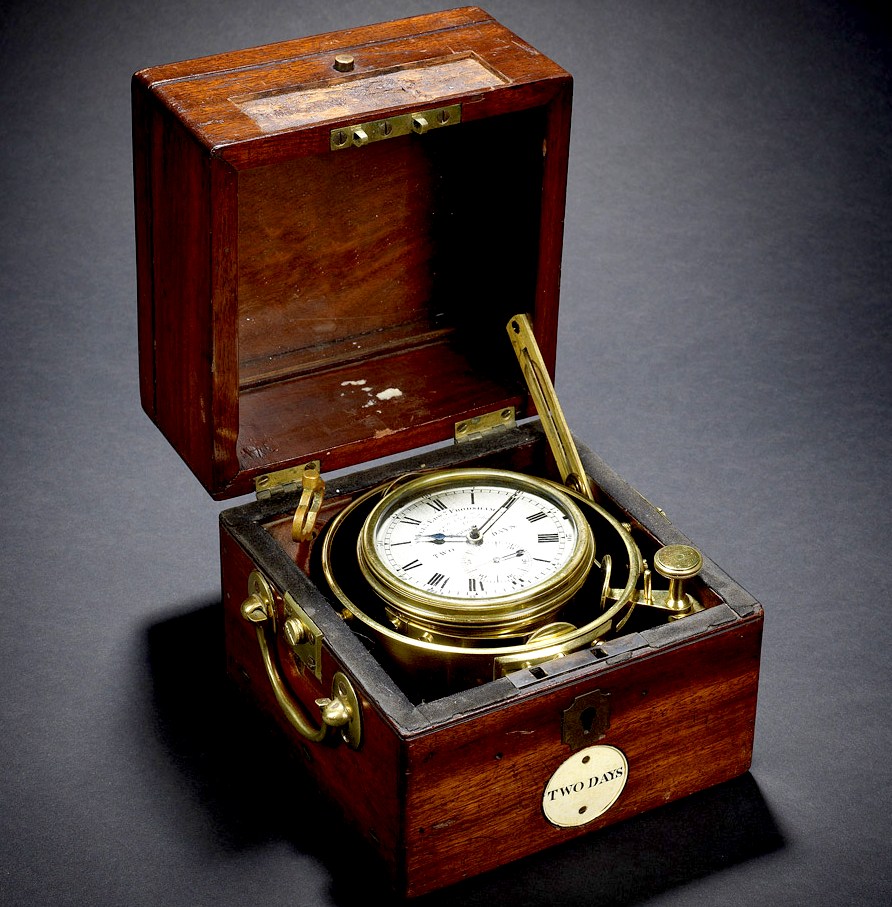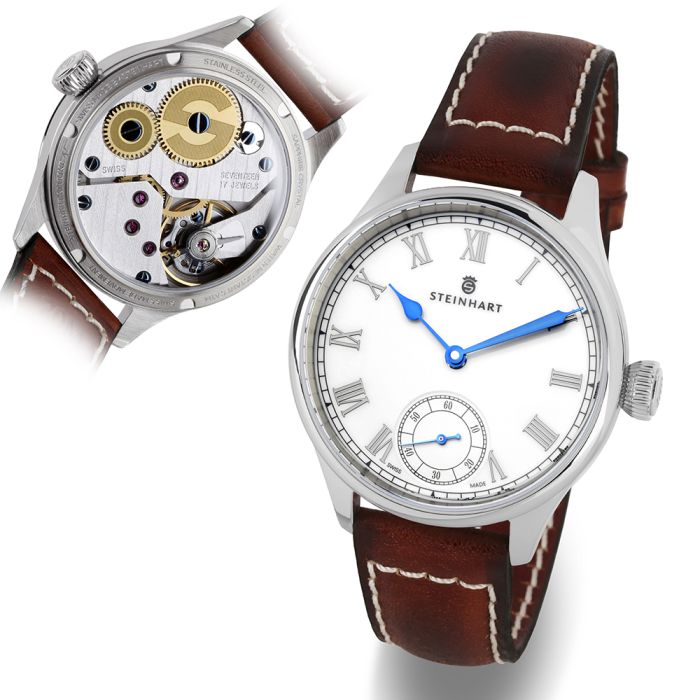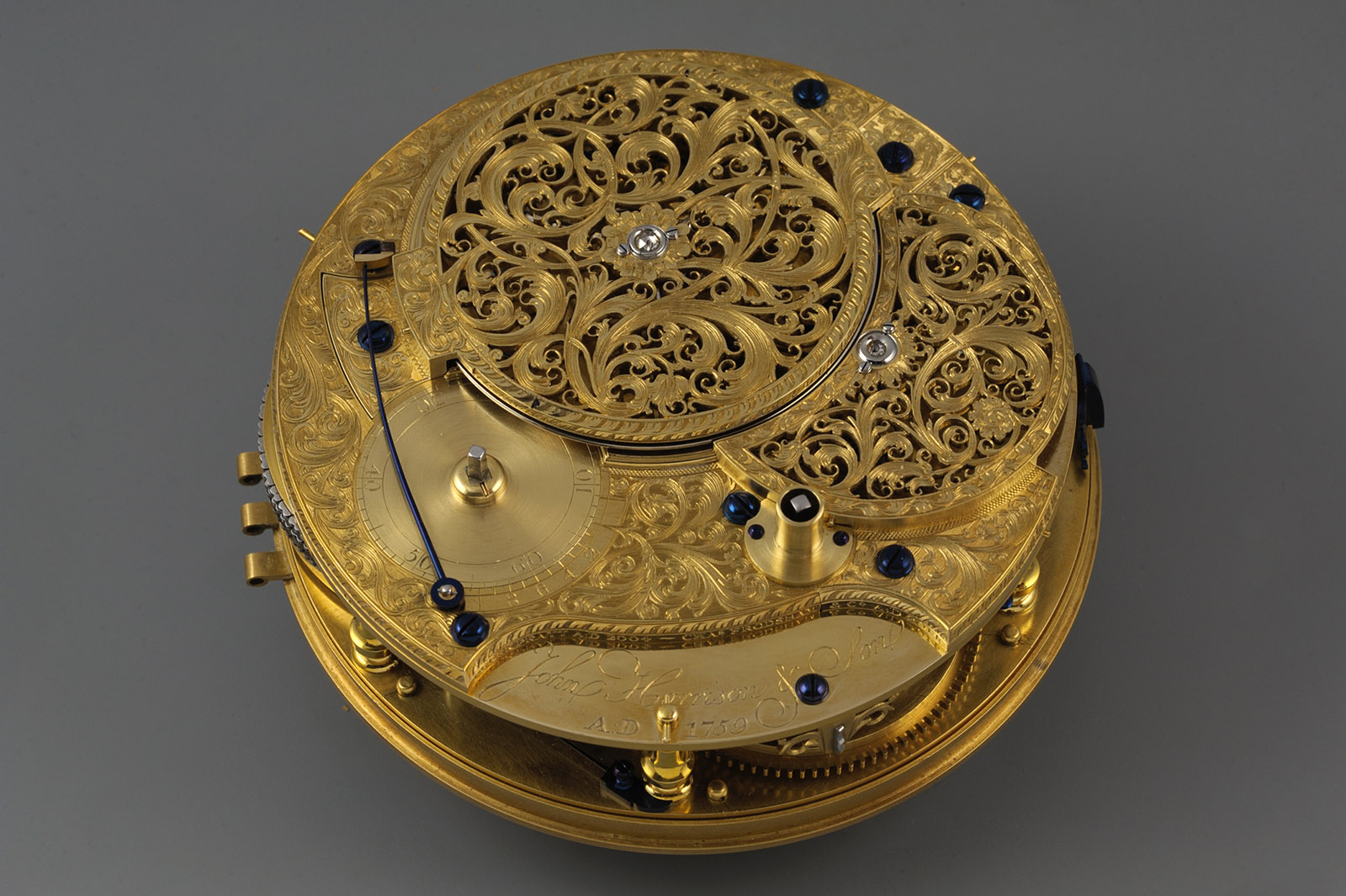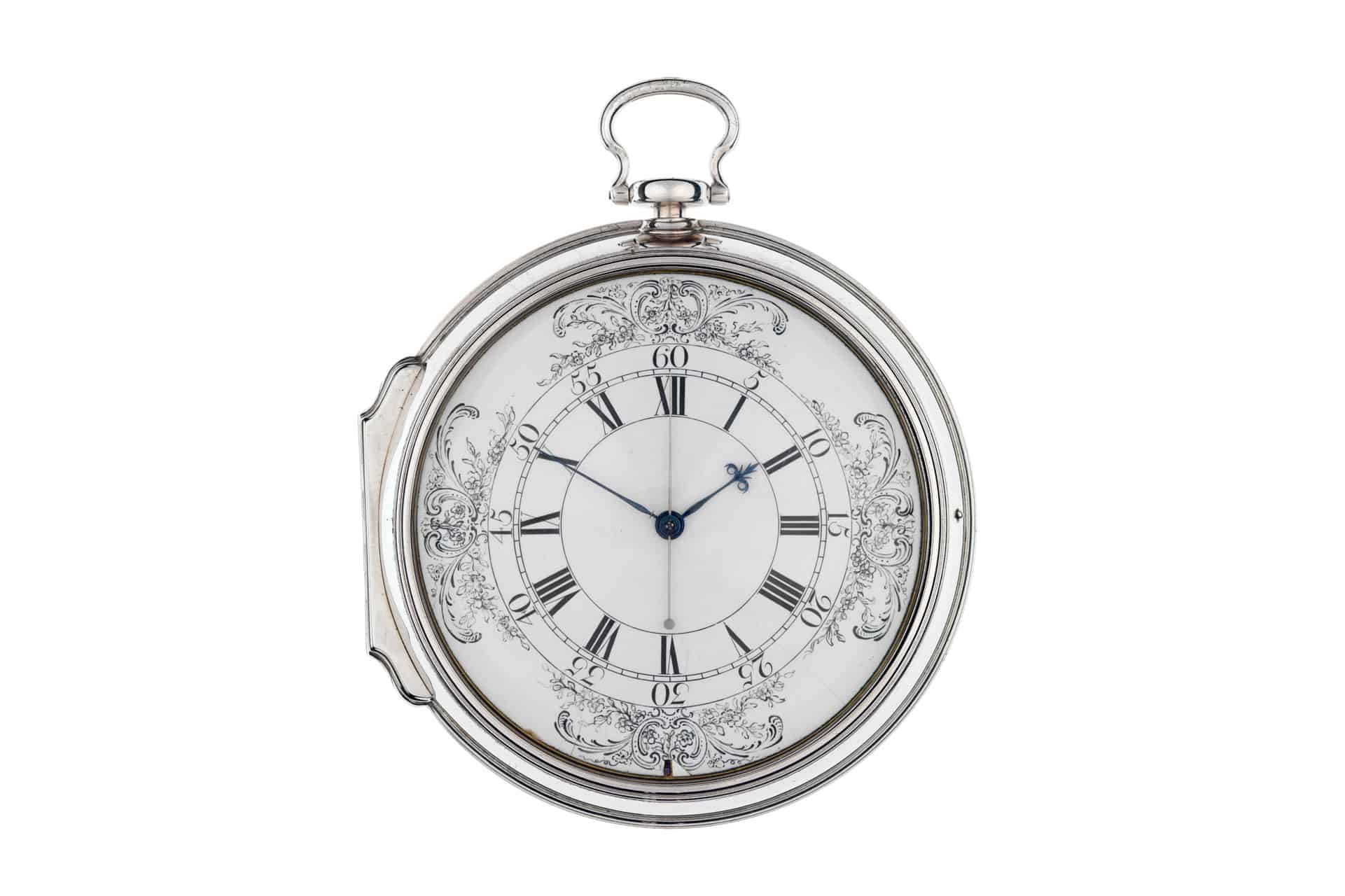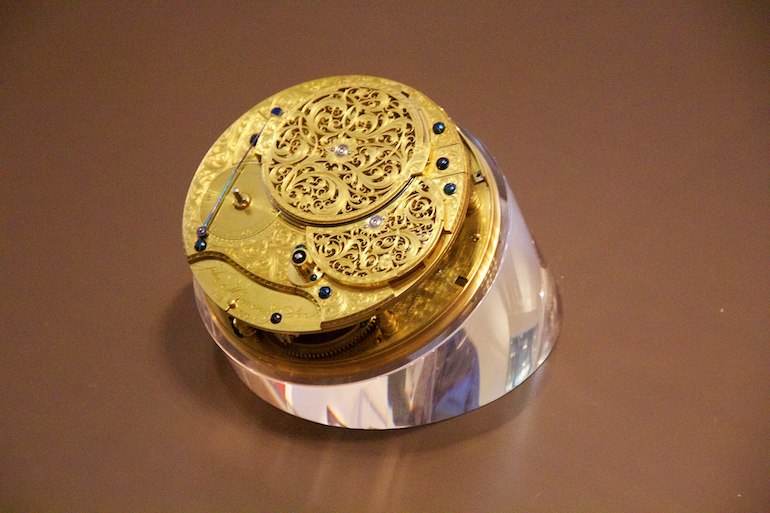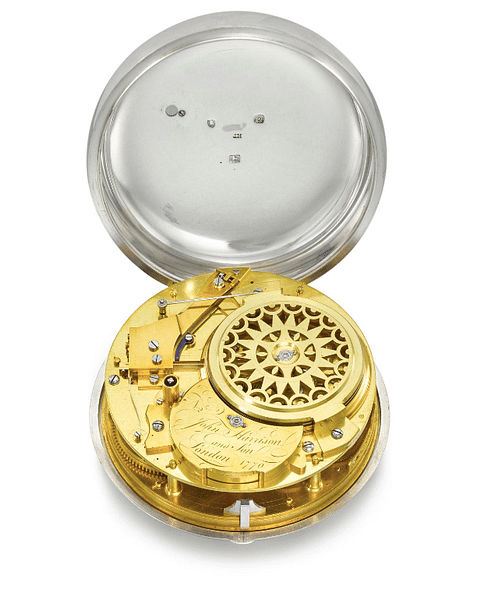
Image of First H1 marine chronometer, made by John Harrison (1693-1776) between by Harrison, John (1693-1776)

Meeting Recap - John Harrison: Longitude, the Precision Watch and Pendulum Clock — Horological Society of New York

How Did The Chronometer Change The World? (John Harrison Marine Chronometer & The Longitude Problem) - YouTube
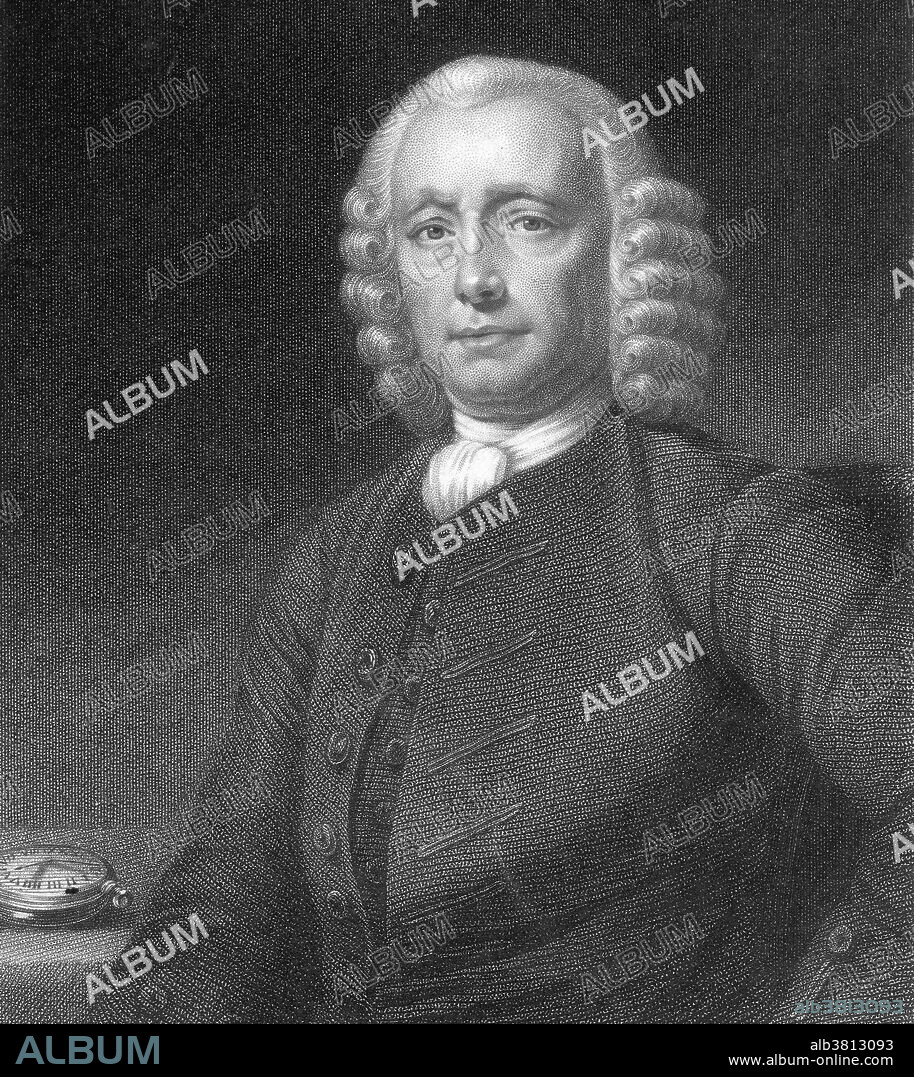
John Harrison (1693-1776) was a self-educated English clockmaker. He invented the marine chronometer. A marine chronometer is a clock that is precise and accurate enough t - Album alb3813093
